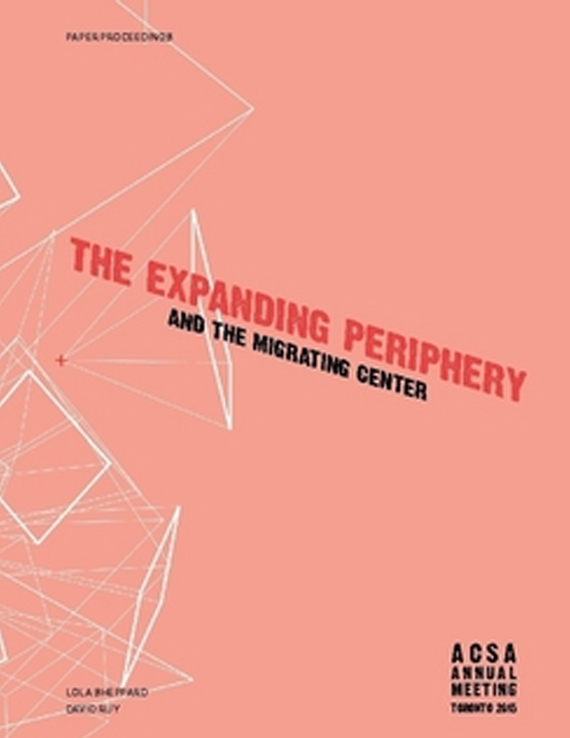Author(s): Shelby Elizabeth Doyle
The redesign of the Mississippi River Basin is an architectural project. As a constructed surface, the vastness of the Basin can be analyzed, understood, and reconsidered through examinations of its material assemblies and their consequences. Material undoes the abstraction of vastness and is an antidote to the haziness of the mega-scale. Each individual design from wall detail, to ‘every square foot of new pavement’, accumulates to the mass of the Basin: 11,400 square miles of material consequences. The upland Basin is folded, controlled, and directed to maintain navigation, tame flooding, and prolong human settlement. Inheriting the results of this prioritization is Coastal Louisiana, the drainage outlet for forty-percent of the continental United States and part of two Canadian Provinces. Manipulation of the Basin’s surface into failed stasis resulted in the disruption of the sediment cycles and subsequent destruction of the Louisiana Coast, which is disappearing at a rate of 16.57 square miles a year, equal to the loss of a football field of coast every hour. (USGS Report, 2011) (Figure 1) The Louisiana Coast reflects the aggregate consequences of the anthropocene sooner and faster than possibly anywhere in the United States. Consequently, the present conditions of the Louisiana Coast represent several possible scenarios for the future of the nation’s coasts and provide a real-life context for examining the tools, methods, and practices that will be required to cope with those consequences. A possible tool, the US Board of Geographic Names, measures the loss of urban conditions in the Mississippi River Basin. The town of Leeville, Louisiana is presented here as a surrogate for towns throughout the Gulf South. Unprotected by the levee system and exposed to the impacts of a changing climate, coastal land loss, and increasingly violent storms, fewer than thirty permanent residents remain on a sliver of land between the expanding Bayou Lafourche and beneath the now elevated Highway LA-1. As a harbinger of coastal Louisiana, the town of Leeville is from the future. The town represents the urban and environmental conclusion of current industrial socio-economic organization, while simultaneously presenting opportunities for preservation, restoration, and renewal strategies. Leeville reveals the architectural and urban scale of the Basin’s material construction and exposes that the ecological restoration of the Louisiana Coast as an architectural issue. This paper introduces the concept of ‘urban sacrifice zones’, identifies the US Board on Geographic Names as a metric for urban loss, and presents a graduate architecture studio about Leeville, Louisiana as a case study.
Volume Editors
David Ruy & Lola Sheppard
ISBN
978-0-935502-95-4

 Study Architecture
Study Architecture  ProPEL
ProPEL 
